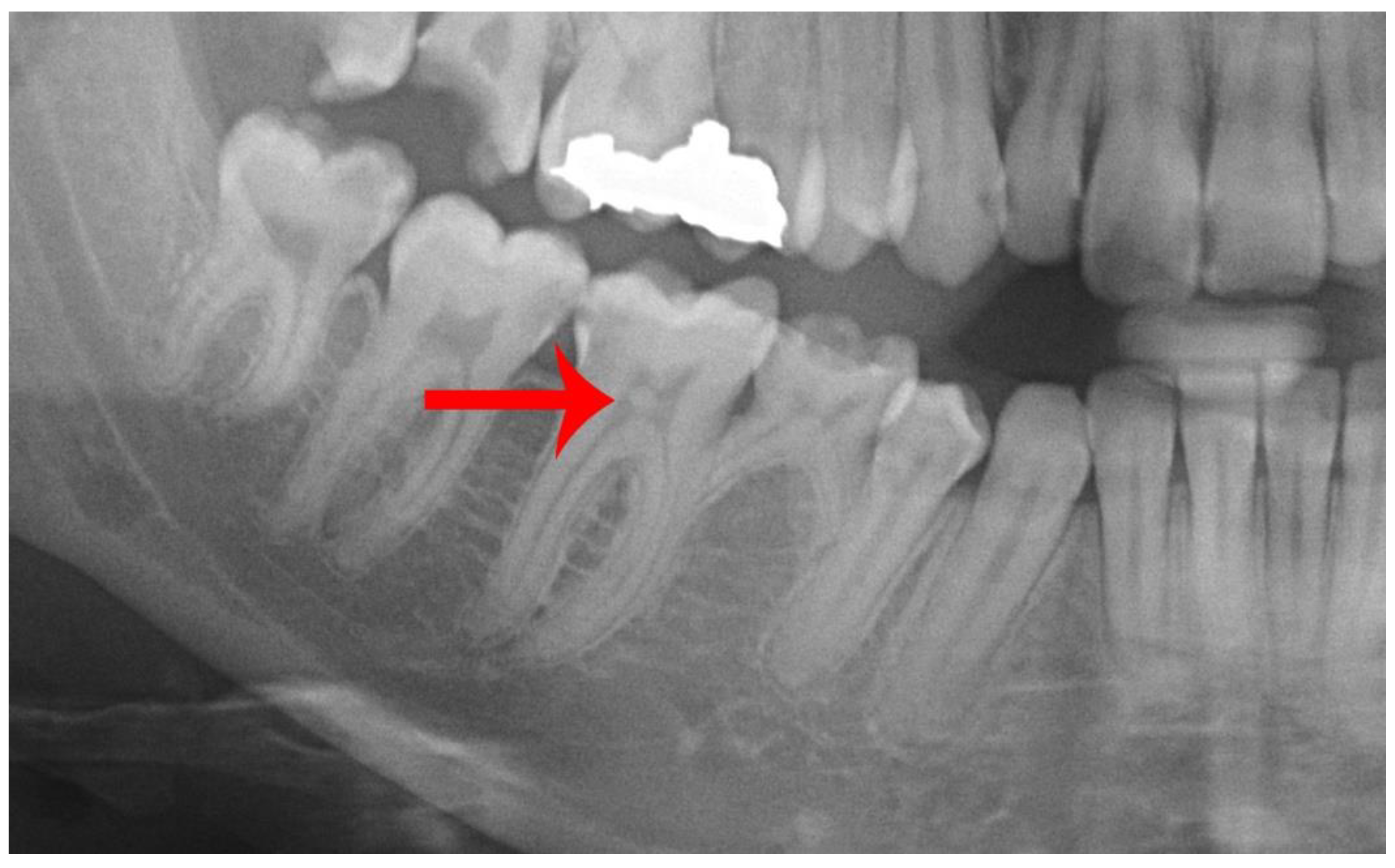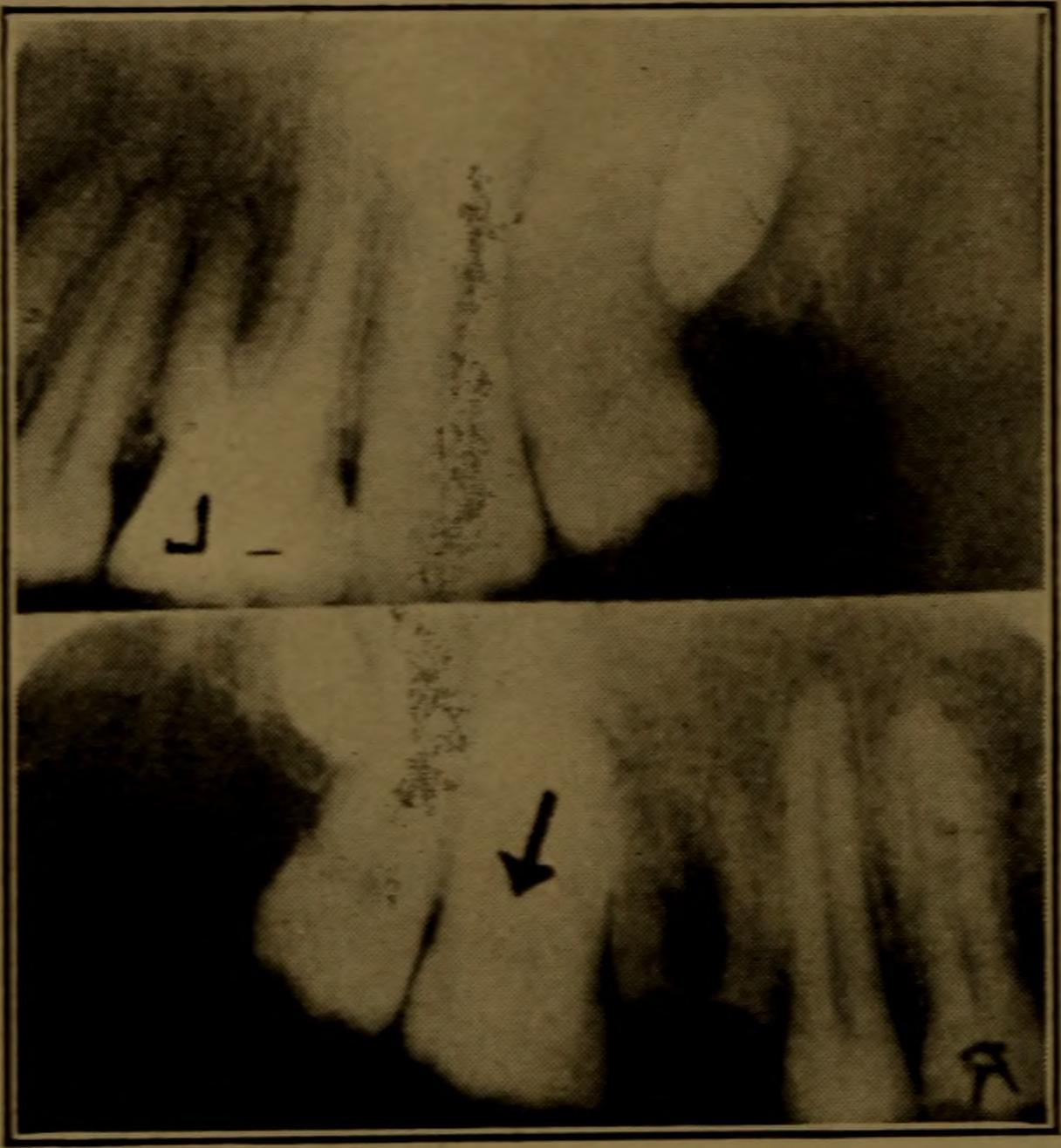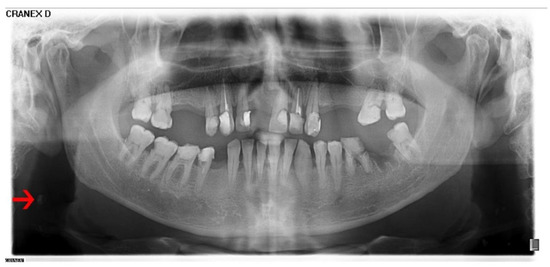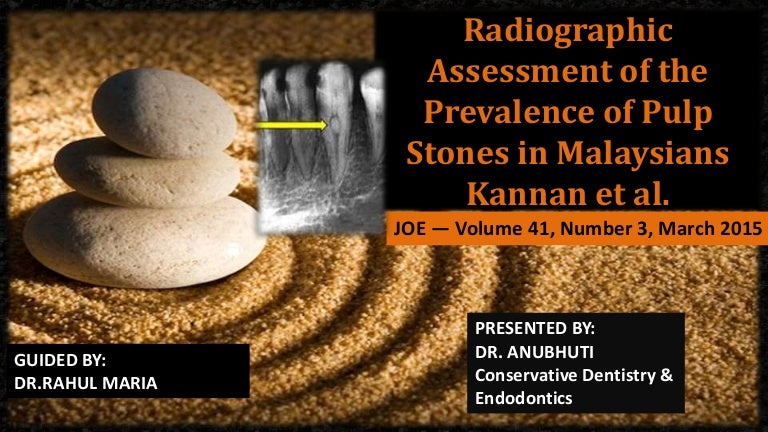Pulp Stones And Heart Disease
Pulp stones and heart disease. Pulp stones as risk predictors for coronary artery disease. Our study suggests that routine dental radiographs could possibly have prognostic significance or even theoretically be used as a rapid screening method for early identification of potential cardiovascular disease. About Sixty seven percent 673 of individuals had at least one tooth with pulp stone.
The number of patients for whom the ratio of teeth with pulp stone to. Pratyaksha S Panwar 1 J Debkant 2 Nagarjuna G Chowdary 3 KS Dwijendra 3 Pradyumna Kumar S 4 Manoj Kumar S 5 Abhishek S Nayyar 6. False Formed from degenerating cells which mineralize.
1 Department of Dentistry Government Doon Medical College Dehradun Uttarakhand India. Only 38 of patients without pulp stone were affected by ischemic heart disease IHD. They may exist freely within the pulp tissue or be attached to or embedded in dentin.
The dental pulp in the root canal in patients with confirmed heart diseases they may be susceptible to heart attacks. Dental pulp calcification also known as dental pulp stones. Individuals suffering from certain genetic syndromes connective tissue disorders kidney or heart diseases are at a greater risk of developing pulp stones.
The association between pulp stones and cardiovascular disease is of significance. 17 linhas A collection of disease information resources and questions answered by our Genetic and. Overall the incidence of pulp stones is minimal and they do not pose any major threat.
However their removal is of prime importance in those individuals undergoing a root canal procedure. Acidity pH of the material Heat generated during setting reaction Remaining dentin thickness Absorption of water during setting reaction. A On the basis of structure 1 True pulp stones.
It is believed that the calcification initially forms around a central nidus of collagen fibrils ground substance or necrotic cell remnants. Free pulp stones are available within the pulp tissue mass because they are the most typically observed form on radiographs.
Free pulp stones are available within the pulp tissue mass because they are the most typically observed form on radiographs.
This is a condition in which hardening or calcification of pulp tissue results in hypersensitivity and extreme pain because the. They may exist freely within the pulp tissue or be attached to or embedded in dentin. Diseases of the Pulp Dr. The number of patients for whom the ratio of teeth with pulp stone to. It is believed that the calcification initially forms around a central nidus of collagen fibrils ground substance or necrotic cell remnants. The purpose of this study is to investigate the association of dental pulp stones with ischemic heart disease. A On the basis of structure 1 True pulp stones. False Formed from degenerating cells which mineralize. Nithin Mathew Chemical Agents Pulpal damage arise as a result of chemical irritation of pulp caused by Erosion or use of acidic restorative materials Key factors determining pulpal reaction to a restorative material.
The number of patients for whom the ratio of teeth with pulp stone to. 4 Various theories regarding the etiological factors behind the occurrence of pulp stones have. The purpose of this study is to investigate the association of dental pulp stones with ischemic heart disease. The dental pulp in the root canal in patients with confirmed heart diseases they may be susceptible to heart attacks. Free pulp stones are available within the pulp tissue mass because they are the most typically observed form on radiographs. In individualswithout IHD 5 of the teeth showed pulp stone while this rate was 45 9 times in CVD patients. An intriguing prevalence study.








































Post a Comment for "Pulp Stones And Heart Disease"